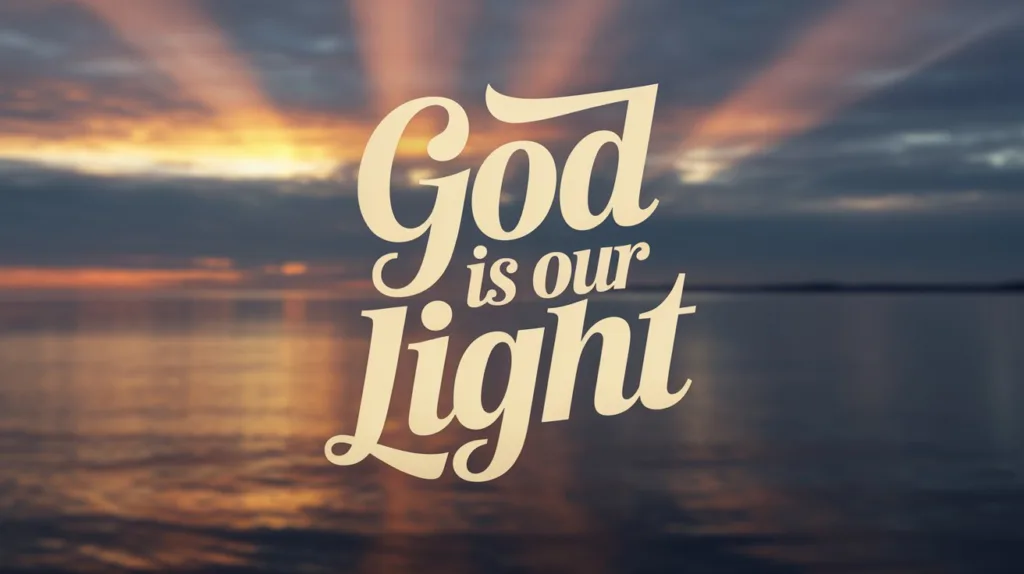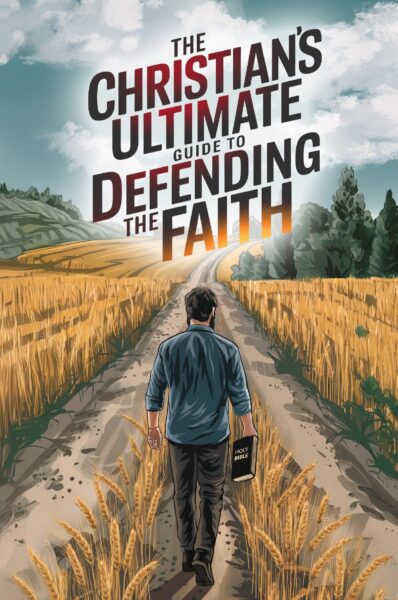The concept of “Lilith” has intrigued many, especially due to myths originating in Babylonian folklore, where Lilith was depicted as a demons/”>demoness or night spirit. However, when examining Scripture, it becomes clear that the Bible does not support the existence of such a being. Instead, the term often associated with Lilith is rooted in poetic and symbolic language and does not signify a demonic figure. This study will focus on Isaiah 34:14, where the word “lilith” appears in some translations, and demonstrate through Scripture why the concept of Lilith is not biblically accurate.
Isaiah 34:14: Context and Translation
Isaiah 34 is a prophetic pronouncement of judgment against Edom. The chapter uses vivid imagery to describe desolation, referencing various wild animals inhabiting the forsaken land. In Isaiah 34:14, it states:
“The wild beasts of the desert shall also meet with the jackals, And the wild goat shall bleat to its companion; Also the night creature shall rest there, And find for herself a place of rest.”
The phrase “night creature” is where some translations, such as the RSV, use the term “Lilith.” However, the Hebrew word לִּילִית (lilit) is better understood to mean a nocturnal animal or creature, as supported by the context of Isaiah 34, which lists animals inhabiting a barren wilderness. This poetic description aligns with the chapter’s theme of total desolation.
Symbolic Language
The Bible frequently uses animals and nature symbolically to illustrate judgment, ruin, and abandonment. In the case of Isaiah 34:14, references to wild animals emphasize that Edom would become so forsaken that only creatures of the night and wilderness would dwell there. Supporting examples include:
Jeremiah 50:39: “Therefore the wild desert beasts shall dwell there with the jackals, and the ostriches shall dwell in it. It shall be inhabited no more forever, nor shall it be dwelt in from generation to generation.”
Zephaniah 2:13-14: “He will stretch out His hand against the north, destroy Assyria, and make Nineveh a desolation… The herds shall lie down in her midst, every beast of the nation.”
These verses show that Scripture uses wild animals symbolically to depict utter ruin and abandonment, not to introduce mythological beings.
The Origins of Lilith in Mythology
The idea of Lilith as a demon originates from Babylonian and Sumerian mythology, where she is associated with storms, infertility, or the destruction of children. This mythology crept into later Jewish folklore, particularly in mystical texts like the Alphabet of Ben-Sira, which are not inspired Scripture but rather post-biblical writings. Nowhere in the canon of Scripture is such a concept affirmed or implied.
A Proper Hermeneutic for Isaiah 34:14
Given the poetic and symbolic nature of Isaiah 34, interpreting the Hebrew lilit as a nocturnal animal (like an owl or other night-dwelling creature) is consistent with the chapter’s overall message. It aligns with the proper biblical hermeneutic of allowing Scripture to interpret Scripture. Consider these references to nocturnal animals elsewhere:
Job 30:29: “I am a brother of jackals, And a companion of ostriches.”
Psalm 102:6: “I am like a pelican of the wilderness; I am like an owl of the desert.”
Both passages use animals symbolically to express grief or desolation, showing a consistent pattern of poetic imagery.
Addressing the Supernatural Question
While the Bible does speak of demonic activity and spiritual warfare, it does so explicitly and directly. For example:
Ephesians 6:12: “For we do not wrestle against flesh and blood, but against principalities, against powers, against the rulers of the darkness of this age, against spiritual hosts of wickedness in the heavenly places.”
James 4:7: “Therefore submit to God. Resist the devil and he will flee from you.”
Such passages reveal the true nature of spiritual warfare without introducing fictional beings from pagan myths. The Bible is clear in its teachings about spiritual matters and does not affirm Babylonian or extra-biblical myths like Lilith.
My Final Thoughts
The notion of Lilith as a demoness is not biblical, but stems from pagan folklore. In Scripture, the mention of “lilit” in Isaiah 34:14 fits the poetic imagery of desolation, referring to nocturnal animals or creatures (not a supernatural being). When interpreting the Bible, we must rely on its context and allow Scripture to interpret Scripture, avoiding the influence of external myths or folklore. This reminds us of the importance of sound doctrine and staying rooted in God’s Word, which is truth (John 17:17).





 Get the book that teaches you how to evangelize and disarm doctrines from every single major cult group today.
Get the book that teaches you how to evangelize and disarm doctrines from every single major cult group today.